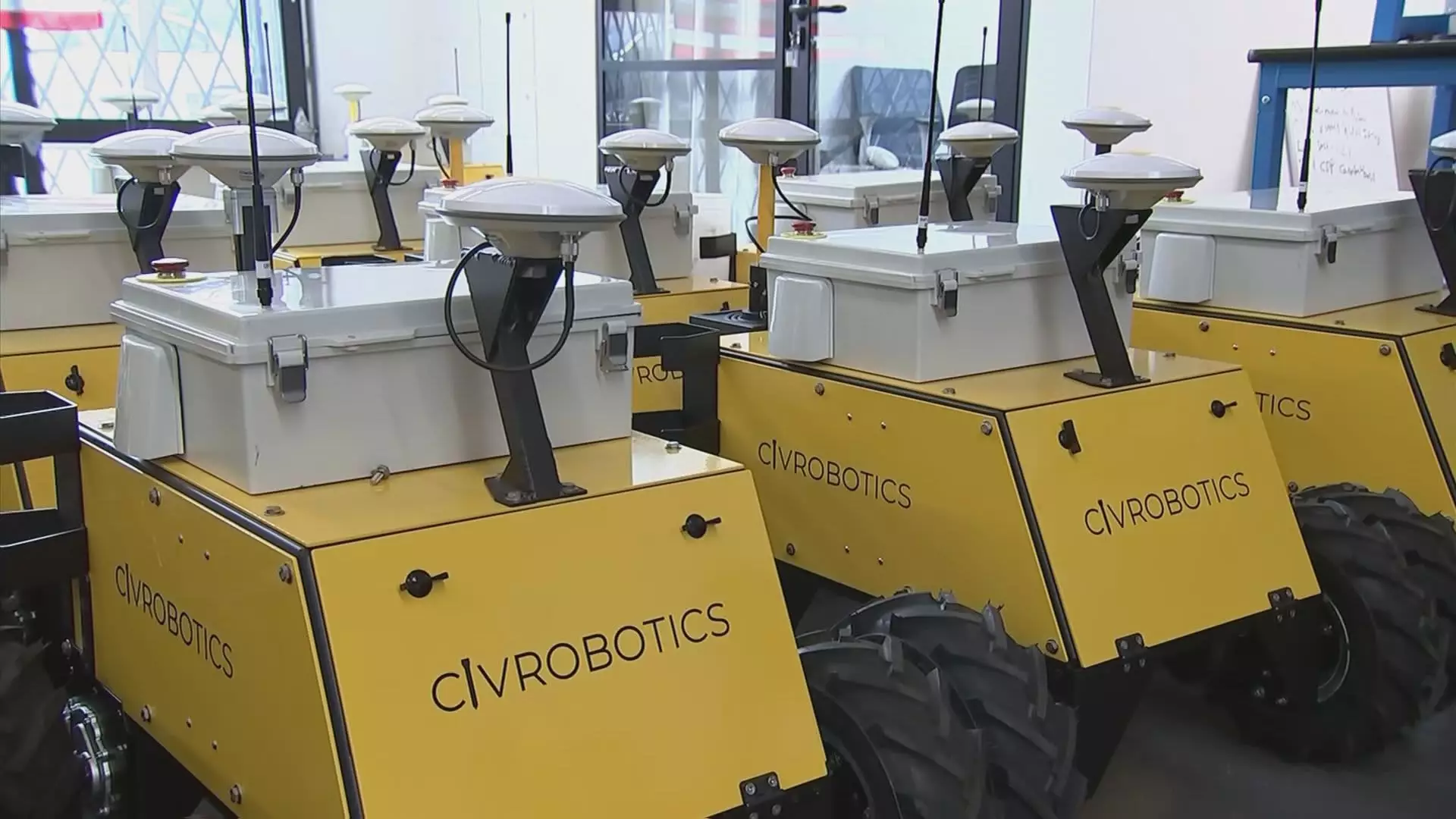The surge of renewable energy projects worldwide signals a critical shift towards a sustainable future. Despite declining government subsidies, private companies continue to innovate and invest heavily in renewable infrastructure. Central to this technological renaissance is the adoption of robotics, which is redefining traditional construction methods. The integration of robotic solutions in solar farm development demonstrates not only efficiency gains but also a strategic response to the logistical challenges inherent in large-scale projects. This technological leap is an affirmation that innovation can thrive even amidst a climate of political and economic uncertainty. It signifies a new paradigm where automation and precision become the backbone of green energy expansion.
Robots: The Future of Site Surveying and Construction Efficiency
Traditional solar farm construction involves painstaking planning, detailed surveying, and labor-intensive processes. Personnel are often required to spend long hours in rugged terrains, navigating unpredictable weather and physically demanding conditions. These factors contribute significantly to project costs and timelines. Enter robots like CivDot—a four-wheeled marvel designed specifically for outdoor surveying tasks. CivDot leverages advanced navigation and geospatial technology to mark hundreds of layout points with an accuracy within mere millimeters, dramatically surpassing human capabilities. By automating mundane but critical tasks, this machine minimizes human error, accelerates project timelines, and reduces labor costs.
CivDot’s ability to traverse rough landscapes, from deserts to muddy terrains, showcases a crucial advantage over traditional methods. Its deployment in renewable energy projects, especially solar farms, highlights a strategic move towards more resilient and adaptable construction methods. The robot’s capacity to be operated remotely with minimal supervision presents a clear path for reducing on-site personnel, thereby enhancing safety and operational efficiency. It is an impressive example of how a combination of precise navigation, rugged design, and automation can create a tangible competitive edge in environmental infrastructure development.
The Implications for Industry and Beyond
The collaboration between Civ Robotics and major industry players such as Bechtel underscores a broader acceptance of robotics as a standard tool in renewable energy construction. The increased productivity—doing around four to five times more work per day—translates into significant cost savings and accelerated project timelines. These benefits are especially crucial considering the scale and urgency of renewable energy deployment.
However, this technological revolution does not come without challenges. Terrain variability, battery management, and equipment durability remain critical factors influencing robot deployment. For instance, in remote or rugged locations, company operators must plan for logistics like battery swaps and terrain adaptations. Yet, these hurdles are far outweighed by the gains in efficiency and safety.
The investment landscape further supports this trend. With over $12 million in funding from notable venture capital firms and industry giants like Alleycorp, FF Venture Capital, and the Bobcat Company, there is a clear recognition that robotics will play an essential role in shaping greener infrastructure. As competition among robotic solutions grows, the emphasis on terrain adaptability and high-volume throughput will distinctively position certain technologies—like CivDot—as industry leaders.
Beyond Solar: The Broader Impact of Robotics
While current advancements primarily target the renewable energy sector, the implications extend into other industries such as oil and gas, infrastructure, and even large-scale public projects. The ability of these robots to adapt to challenging environments widens their applicability, promising a future where outdoor construction and surveying are predominantly automated.
But perhaps most compelling is the shift towards smarter, safer, and more sustainable construction practices. Robots reduce the need for manual labor in hazardous environments, mitigate human error, and speed up project completion times—all vital for meeting global climate targets. They exemplify how technological ingenuity can turn apparent limitations—like difficult terrains—into opportunities for innovation and growth.
In embracing robotic automation, the industry isn’t merely upgrading its tools; it’s fundamentally redefining what is possible in large-scale infrastructure development. As these technologies mature, their influence will percolate through every facet of renewable energy construction, potentially setting new standards for efficiency, accuracy, and environmental responsibility.


Leave a Reply